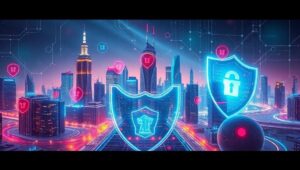May 31, 2025
Building a Culture of Security Awareness Across Organizations (2025)
Building a Culture of Security Awareness Across Organizations (2025) In today’s digital landscape, organizations face an ever-increasing barrage of cyber threats. While robust technical defenses are crucial, they are not foolproof. A strong security posture relies heavily on a workforce that is aware of potential risks and actively participates in protecting organizational assets. This article outlines how to cultivate a culture of security awareness across organizations in 2025, taking into account the evolving threat landscape and emerging best practices. 1. Establishing a Foundation: Leadership Buy-in and Policy The cornerstone of any successful security awareness program is unwavering support from leadership.












